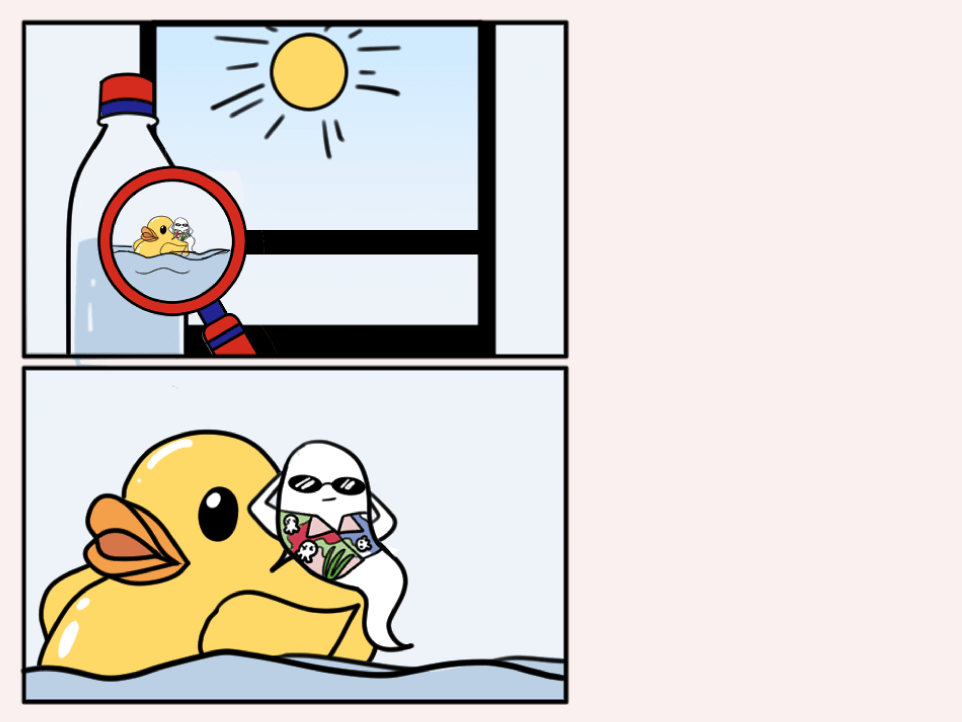Life in plastic, it's not fantastic
The truth behind plastic labels and how it affects us
If you check the bottom of any reusable plastic container or bottle, you will likely spot a “BPA-free” label. Since the 1960s, BPA (short for bisphenol A) has been widely used in durable plastics for food packaging and kitchenware. However, concerns are rising over its links to cancer and its potential to contaminate our food and drinks. This extends to the countless different microplastics that we unwittingly ingest with each meal or drink. So, what does this mean for our health?
What you didn't know you were eating every day
Grabbing ready-made meals and beverages from convenience stores has become a norm, but the costs may be greater than expected. Research shows that we ingest roughly 16,000 microplastic particles from drinking bottled water in a year.
What’s even more worrying is the chemicals in these plastics – phthalates and bisphenols.
- Phthalates, used to make plastic more flexible, are found in food packaging and toiletries.
- Bisphenols, like BPA, can be found in hard plastics like food containers, beverage bottles, and even in the inner linings of canned foods and drinks.
Chemicals that seep out of plastics we unknowingly consume are known as endocrine-disrupting chemicals (EDCs). EDCs can interfere with estrogen and other hormones in our bodies, potentially leading to hormonal imbalances and even cancer.
Heat meets plastic: A recipe for trouble
Even your favourite takeaway meals and beverages may be unsafe because exposure to heat causes greater plastic shedding. Hot drinks and soups in plastic cups and takeaway containers have been shown to release trillions per litre of these tiny particles. Shedding is made even worse by microwaving, through heat and hydrolysis, which can cause plastic to crack and release even more fragments.
Does ‘BPA-free’ really mean we’re safe?
BPA-free bottles often replace BPA with other structurally similar compounds, such as bisphenol F (BPF) and S (BPS) – but these bottles may not be safer than BPA bottles.
A study was conducted by filling 11 reusable bottles made from different materials, such as plastics, stainless steel and glass, for two hours with room-temperature water.
- Four out of nine BPA-free labelled bottles seeped BPA replacement chemicals.
- There was no seeping of bisphenols from the remaining bottles, made from stainless steel, glass and a plastic called Tritan.
- When the test was repeated with hot water, three to four times more chemicals seeped into the water.
Although the replacement chemicals seeped were relatively low and not toxic enough to kill human cells, it revealed that these compounds had a similar effect to BPA.
From plastic to fantastic
Reducing exposure and being mindful of plastics is important for our health and safety. Here are some changes we can make:
- Use reusable containers: Opt for Tritan, glass, porcelain, or stainless steel instead of plastic the next time you takeaway food
- Buy loose produce: When grocery shopping, choose loose items instead of pre-packaged ones when possible
- Beware of hidden plastics: The next time you get your cosmetic refills, check the ingredient list for polyvinyl, polypropylene and polymethylmethacrylate, among other potentially harmful chemicals
It’s hard to deny that plastic is present throughout our daily lives. For our convenience and efficiency, we often opt for quick fixes and disposable options, such as takeaway containers or straws.
By taking a step back and realising the dangers of constantly being surrounded by plastic, the importance of reducing our exposure is much more crucial. Besides tapping on more environmentally friendly methods, we can safeguard ourselves with proper health insurance coverage.
Let us match you with a qualified financial representative
Our financial representative will answer any questions you may have about our products and planning.














